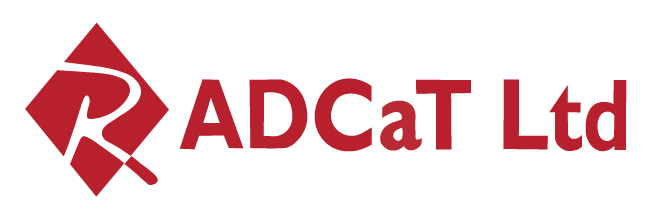Isocyanate exposure in motor vehicle repair is a serious health concern that’s now under close inspection by the Health and Safety Executive (HSE). Across the UK, HSE inspectors are visiting garages and bodyshops to make sure safety measures are protecting workers from the leading cause of occupational asthma. These inspections focus on ensuring that effective controls, proper procedures and accurate monitoring are all in place.
Isocyanates are chemicals found in many paints, lacquers, coatings and finishes. They’re used to create the hard, durable surface finishes seen on cars. Unfortunately, when sprayed, they release tiny airborne particles that can damage the lungs. Every year, experienced vehicle paint sprayers develop asthma from these exposures, and many must leave the trade permanently.
Understanding the Risks
When isocyanate-based paints are sprayed, they produce a fine mist that workers breathe in easily. Even small amounts can cause long-term harm. Once someone becomes sensitised, even minimal exposure may trigger severe asthma symptoms. According to HSE research, vehicle paint sprayers are up to 80 times more likely to develop occupational asthma than other workers. That’s why the new round of inspections is so important.
Why HSE Inspectors Are Visiting
The HSE has launched targeted inspections across the motor vehicle repair (MVR) sector. They want to make sure employers are following COSHH Regulations (Control of Substances Hazardous to Health). Inspectors are checking that:
- Spray booths have good ventilation and are regularly tested.
- Staff wear the correct respiratory protective equipment (RPE).
- Health surveillance, including lung function tests, is carried out.
- Risk assessments are up to date and reviewed regularly.
You can read more on HSE’s official guidance.
Key Safety Controls
To reduce isocyanate exposure in motor vehicle repair, garages and bodyshops need strong control systems. These should include:
- Proper ventilation: Spray booths must have effective extraction and be tested regularly.
- Clear procedures: Display booth clearance times so workers know when it’s safe to re-enter.
- Correct RPE: Air-fed visors or hoods must be worn during and after spraying until air is clear.
- Training: All paint sprayers should understand the risks and how to use protective equipment.
- Health surveillance: Regular medical checks, including lung function tests, help detect early signs of asthma.
- Good hygiene: Workers should wash hands, change clothes and avoid eating in contaminated areas.
For more guidance, see the HSE’s advice on controlling isocyanate risks.
Health Surveillance and Monitoring
Regular health checks are essential. Baseline lung tests before exposure and annual follow-ups can catch early symptoms. Biological monitoring, such as urine testing, confirms whether control measures are working. Employers must keep detailed health records and act fast if any results show exposure.
What Inspectors Will Look For
When HSE inspectors visit, they’ll check that:
- Risk assessments for isocyanates are complete and current.
- Ventilation and extraction systems are maintained and tested.
- RPE is appropriate and correctly used.
- Workers have had full training.
- Health surveillance records are available and accurate.
They’ll also look at everyday housekeeping. Cleanliness, maintenance of spray guns and filters, and proper waste disposal all matter.
Preparing for Inspection
If you manage a garage or bodyshop, take time to prepare:
- Review your COSHH assessment and make sure it reflects your current materials.
- Test and maintain your ventilation systems regularly.
- Train your staff on safe spraying and RPE use.
- Check your record-keeping for health surveillance and maintenance.
- Encourage workers to report symptoms early — coughs, wheezing, or chest tightness should never be ignored.
These steps not only satisfy HSE requirements but also protect your skilled team from lifelong illness.
Why This Matters
Isocyanate-related asthma doesn’t just end a career; it changes lives. Businesses lose skilled staff, productivity falls, and reputations suffer. By maintaining strong safety standards, you protect your people, your business, and your future.
RADCaT Reminder
HSE inspections highlight the importance of controlling isocyanate exposure in motor vehicle repair. By following regulations, investing in health surveillance and keeping safety front and centre, every garage and bodyshop can reduce the risk of occupational asthma.
Protecting workers isn’t just compliance. It’s a commitment to doing the right thing.
Review your controls today. Update your training and monitoring. Visit the HSE’s isocyanates campaign page for detailed guidance and keep your team safe.
